April 19 stands as one of history’s most eventful days, witnessing the rise and fall of empires, groundbreaking discoveries, and moments that shaped our modern world across centuries of human achievement.

Politics and Government Events on April 19
1960 – South Korean Students Force Presidential Resignation

Students across South Korea launched a nationwide pro-democracy protest against President Syngman Rhee’s authoritarian rule. The massive demonstrations demonstrated the power of organized civil resistance against oppressive governments.
The sustained pressure from student activists ultimately forced Rhee to resign from office. This pivotal moment marked a crucial step toward South Korea’s eventual transition to democratic governance.
1971 – Sierra Leone Becomes Republic
Sierra Leone officially transformed from a British Commonwealth realm into an independent republic. Siaka Stevens assumed the presidency, marking the nation’s complete break from colonial governance structures.
The constitutional change eliminated the British monarch as head of state. Stevens’ rise to power would significantly influence Sierra Leone’s political trajectory for decades to come.
1999 – German Bundestag Returns to Berlin
The German parliament reconvened in Berlin for the first time since World War II, symbolically reuniting the nation’s political center. The historic move represented Germany’s emergence as a fully unified European power.
Berlin’s restoration as the seat of German government marked the end of Bonn’s era as the federal capital. The transition demonstrated Germany’s commitment to confronting its past while building its democratic future.
2001 – Fidel Castro Resigns Communist Party Leadership

Fidel Castro stepped down as First Secretary of the Communist Party of Cuba after holding the position since 1961. His resignation marked the end of an era in Cuban politics and Cold War history.
The leadership transition signaled Cuba’s gradual shift toward a new generation of political leaders. Castro’s departure from active party leadership represented a pivotal moment in Caribbean political dynamics.
Military and Naval History on April 19
1943 – Warsaw Ghetto Uprising Begins
Jewish resistance fighters launched their courageous revolt against Nazi forces in the Warsaw Ghetto. The uprising demonstrated extraordinary bravery in the face of overwhelming odds and certain death.
Despite being vastly outnumbered and outgunned, the fighters held out for nearly a month. Their heroic resistance became a symbol of defiance against Nazi genocide and inspired resistance movements worldwide.
1975 – South Vietnam Withdraws from Xuan Loc
South Vietnamese forces conducted their final retreat from Xuan Loc in the Vietnam War’s last major battle. The withdrawal marked the collapse of South Vietnam’s final defensive positions against advancing North Vietnamese forces.
The fall of Xuan Loc opened the path to Saigon for North Vietnamese troops. This decisive military defeat effectively ended organized South Vietnamese resistance and sealed the war’s outcome.
1989 – USS Iowa Gun Turret Explosion
A devastating explosion rocked the USS Iowa’s number two gun turret during a training exercise, killing 47 sailors instantly. The tragedy highlighted serious safety concerns with aging naval weapons systems.
The incident prompted extensive investigations into naval safety protocols and equipment maintenance procedures. The explosion became one of the deadliest peacetime accidents in modern U.S. Navy history.
2013 – Boston Marathon Bombing Suspect Killed
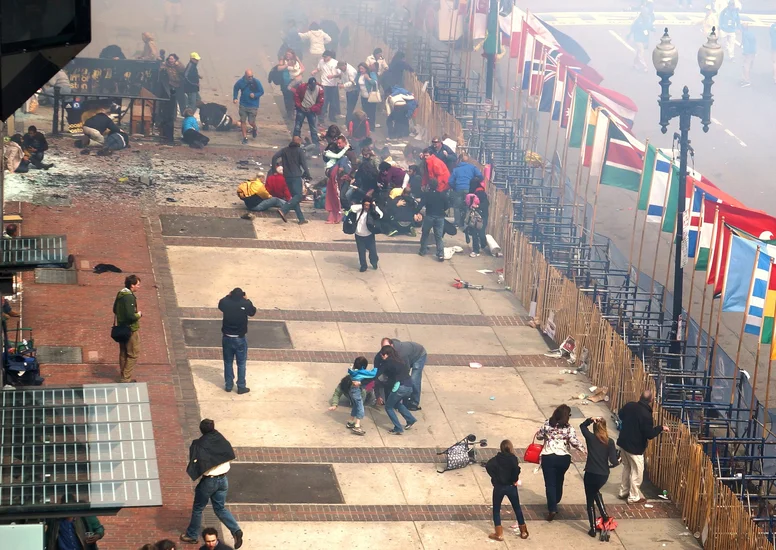
Tamerlan Tsarnaev died in a fierce shootout with police during the manhunt following the Boston Marathon bombing. The confrontation occurred as law enforcement closed in on the terrorist brothers.
His younger brother Dzhokhar was captured hiding in a boat in suburban Watertown. The dramatic conclusion to the manhunt brought relief to a city gripped by fear and uncertainty.
Science and Discovery Milestones on April 19
1943 – Albert Hofmann’s LSD Discovery
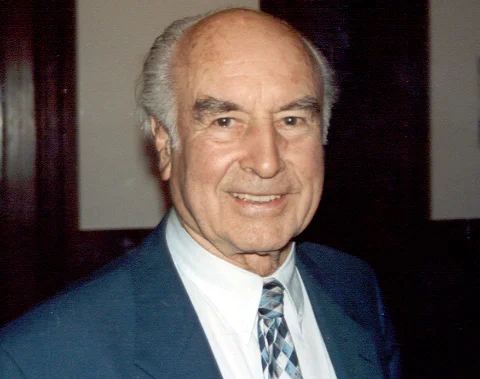
Albert Hofmann deliberately ingested LSD for the first time, creating what became known as “Bicycle Day” in psychedelic history. His intentional experiment followed an accidental discovery of the compound’s effects three days earlier.
Hofmann’s bicycle ride home while under the influence became legendary among researchers studying consciousness. His discovery would profoundly impact neuroscience, psychology, and counterculture movements for decades.
1971 – Salyut 1 Space Station Launched

The Soviet Union successfully launched Salyut 1, humanity’s first space station, into Earth orbit. This groundbreaking achievement marked the beginning of permanent human presence in space.
The space station represented a crucial step toward long-duration spaceflight and scientific research beyond Earth’s atmosphere. Salyut 1 established the foundation for all future space station programs.
1975 – India’s First Satellite Launched
India’s inaugural satellite Aryabhata launched into orbit from Kapustin Yar, Russia, marking the nation’s entry into the space age. Named after the ancient Indian mathematician, the satellite demonstrated India’s growing technological capabilities.
The successful launch established India as a serious player in space exploration and satellite technology. Aryabhata’s deployment laid the groundwork for India’s eventual emergence as a major space power.
2021 – First Flight on Another Planet

NASA’s Ingenuity helicopter achieved the first powered, controlled flight on another planet, soaring above the Martian surface. This historic moment paralleled the Wright brothers’ first flight on Earth over a century earlier.
The successful flight demonstrated the feasibility of aerial exploration on Mars. Ingenuity’s achievement opened new possibilities for future planetary exploration missions across the solar system.
Cultural and Arts Events on April 19
1927 – Mae West Jailed for Obscenity

Mae West received a ten-day jail sentence for her controversial play “Sex,” which authorities deemed obscene. The prosecution highlighted the ongoing cultural battles over artistic expression and moral standards in 1920s America.
West’s defiant stance against censorship made her a symbol of artistic freedom and sexual liberation. Her legal troubles only increased her popularity and established her reputation as a boundary-pushing performer.
1956 – Grace Kelly Marries Prince Rainier

Hollywood actress Grace Kelly married Prince Rainier of Monaco in a fairy-tale ceremony that captivated the world. The wedding transformed the American film star into European royalty and created a modern princess story.
The marriage brought unprecedented international attention to Monaco and established Grace Kelly as a global icon. Their union represented the glamorous intersection of Hollywood celebrity and European aristocracy.
1987 – The Simpsons Debut
The Simpsons made their television debut as animated shorts on The Tracey Ullman Show, beginning with “Good Night.” Matt Groening’s creation would evolve into the longest-running American animated series in history.
The family’s first appearance introduced characters who would become cultural icons worldwide. The Simpsons’ satirical take on American life would influence comedy and animation for generations.
1976 – Australia Adopts National Symbols

Australia officially proclaimed “Advance Australia Fair” as the national anthem and declared green and gold as the national colors. These decisions reflected the nation’s growing independence from British cultural influence.
The new symbols represented Australia’s unique identity and natural heritage. The changes marked an important step in the country’s ongoing process of cultural self-determination.
Religious and Social Events on April 19
1903 – Kishinev Pogrom Begins
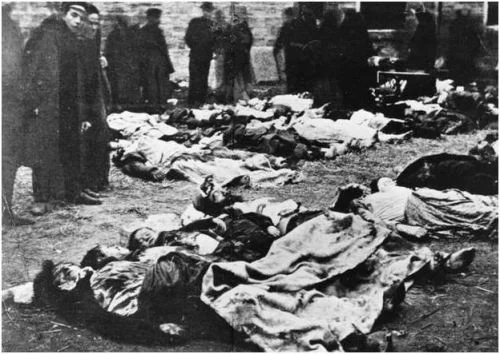
The violent Kishinev pogrom erupted in Bessarabia, forcing tens of thousands of Jews to flee their homes. The brutal attacks marked one of the most devastating episodes of anti-Semitic violence in the Russian Empire.
The pogrom’s aftermath drove massive Jewish migration to Palestine and Western nations. These tragic events accelerated the development of both Zionist movements and Jewish diaspora communities worldwide.
1936 – Jaffa Riots Commence
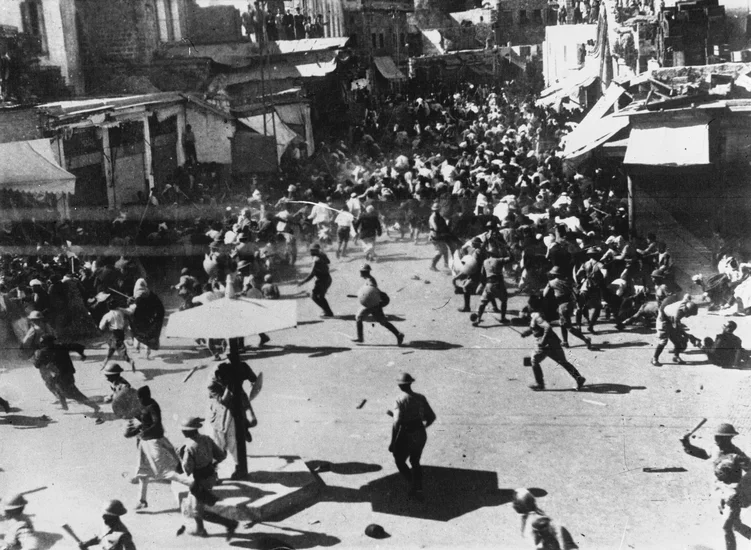
The Jaffa riots erupted, launching the three-year Arab revolt in Palestine against British rule and Jewish immigration. The violence reflected escalating tensions over competing national aspirations in the region.
The riots marked a turning point in Palestinian-Jewish relations and British colonial policy. The sustained conflict would reshape the political landscape of the Middle East for generations.
2005 – Cardinal Ratzinger Elected Pope
Cardinal Joseph Ratzinger was elected Pope Benedict XVI, becoming the 265th leader of the Roman Catholic Church. His selection represented continuity with conservative theological positions established during his previous Vatican service.
The German cardinal’s elevation marked a significant moment in Catholic leadership and global religious affairs. Benedict XVI’s papacy would address crucial challenges facing the modern Catholic Church.
1993 – Branch Davidian Compound Fire

The 51-day FBI siege of the Branch Davidian compound in Waco, Texas, ended tragically when fire consumed the building. Seventy-six Davidians, including 18 children, perished in the blaze.
The controversial conclusion to the standoff raised serious questions about federal law enforcement tactics. The Waco tragedy became a rallying point for anti-government sentiment and militia movements.
Business and Economic Events on April 19
1925 – Colo-Colo Football Club Founded
Chilean footballer David Arellano and his teammates established Colo-Colo at El Llano Stadium in Santiago. The club would become Chile’s most successful and popular football team.
The founders left Deportes Magallanes to create their own organization with ambitious goals. Colo-Colo’s establishment marked the beginning of South American football’s most storied franchise.
1985 – Federal Siege of White Supremacist Compound
Two hundred ATF and FBI agents surrounded the Arkansas compound of the white supremacist group The Covenant, the Sword, and the Arm of the Lord. The massive law enforcement operation demonstrated federal commitment to combating domestic terrorism.
The CSA surrendered after two days of negotiations, avoiding a violent confrontation. The successful resolution showcased effective federal coordination in addressing extremist threats.
2000 – Air Philippines Flight 541 Crashes

Air Philippines Flight 541 crashed in Samal, Davao del Norte, killing all 131 people aboard. The tragedy highlighted ongoing safety concerns in Philippine aviation and regional air travel.
The crash prompted extensive investigations into airline safety protocols and aircraft maintenance standards. The disaster became one of the deadliest aviation accidents in Philippine history.
Transportation and Infrastructure on April 19
1942 – Majdan-Tatarski Ghetto Established
German occupation forces established the Majdan-Tatarski ghetto in Poland, positioning it strategically between the Lublin Ghetto and a Majdanek subcamp. The ghetto formed part of the Nazi’s systematic persecution infrastructure.
The location facilitated the transportation of Jewish prisoners to concentration camps. This ghetto represented another component in the Nazi’s horrific network of persecution and genocide.
2001 – Space Shuttle Endeavour Launches

Space Shuttle Endeavour launched on mission STS-100, carrying the Canadarm2 robotic system to the International Space Station. The mission represented crucial progress in space station construction and international cooperation.
The Canadian-built robotic arm would become essential for space station assembly and maintenance operations. Endeavour’s successful mission demonstrated the growing capabilities of international space partnerships.
1976 – Brownwood Tornado Strikes

A devastating F5 tornado struck around Brownwood, Texas, injuring 11 people in one of nature’s most powerful displays. Remarkably, two people thrown over 1,000 yards by the tornado survived without serious injury.
The tornado’s incredible power demonstrated the destructive potential of severe weather systems. The survivors’ miraculous escape highlighted both nature’s fury and occasional mercy.
Sports and Recreation on April 19
1975 – Brownwood Tornado Survivors

Two individuals experienced an extraordinary survival story when an F5 tornado near Brownwood, Texas, hurled them over 1,000 yards through the air. Both survivors emerged from this incredible ordeal completely uninjured.
The phenomenon defied conventional understanding of tornado survival and became a legendary tale in meteorological circles. Their miraculous escape demonstrated the unpredictable nature of severe weather disasters.
1995 – Oklahoma City Federal Building Bombing

The Alfred P. Murrah Federal Building in Oklahoma City was destroyed by a terrorist bomb, killing 168 people including 19 children. The domestic terrorism attack shocked the nation and forever changed American security consciousness.
Timothy McVeigh’s attack represented the deadliest act of domestic terrorism in U.S. history. The bombing’s aftermath led to significant changes in federal building security and anti-terrorism legislation.
2020 – Nova Scotia Mass Shooting
A devastating killing spree across Nova Scotia claimed 22 lives plus the perpetrator, becoming Canada’s deadliest mass shooting. The tragedy shocked the nation and prompted extensive discussions about gun violence and public safety.
The rampage’s scale and duration overwhelmed local law enforcement resources and emergency response systems. The incident led to significant changes in Canadian firearms legislation and emergency alert procedures.
Notable Births on April 19
1912 – Glenn T. Seaborg Born

American chemist Glenn T. Seaborg entered the world in Ishpeming, Michigan, beginning a life that would revolutionize nuclear science. His childhood fascination with chemistry would lead to groundbreaking discoveries in atomic research.
Seaborg would later receive the Nobel Prize for his work discovering transuranium elements. His scientific contributions fundamentally advanced understanding of atomic structure and nuclear chemistry.
1933 – Jayne Mansfield Born

American actress and model Jayne Mansfield was born in Bryn Mawr, Pennsylvania, destined to become one of Hollywood’s most iconic blonde bombshells. Her early performances revealed natural charisma and dramatic talent.
Mansfield would challenge conventional notions of female sexuality and celebrity in 1950s America. Her provocative public persona and tragic death cemented her status as a cultural icon.
1935 – Dudley Moore Born
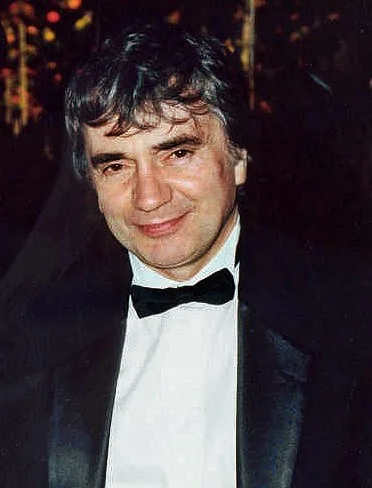
English comedian, actor, and pianist Dudley Moore was born in Dagenham, England, bringing musical talent and comedic genius into the world. His early musical training would perfectly complement his natural comic abilities.
Moore would achieve international fame through his partnership with Peter Cook and later Hollywood success. His performances in “10” and “Arthur” established him as a beloved comedic actor.
1946 – Tim Curry Born

English actor Tim Curry was born in Grappenhall, Cheshire, possessing a distinctive voice and dramatic presence that would captivate audiences worldwide. His theatrical training prepared him for a remarkable career spanning multiple entertainment mediums.
Curry would become legendary for his role as Dr. Frank-N-Furter in “The Rocky Horror Picture Show.” His versatile performances in film, television, and theater established him as a beloved character actor.
1957 – Mukesh Ambani Born

Indian businessman Mukesh Ambani was born in Aden, Yemen, into a family that would build one of India’s largest industrial empires. His early exposure to business would shape his future as a corporate leader.
Ambani would become chairman of Reliance Industries and one of Asia’s wealthiest individuals. His leadership transformed Reliance into a global petrochemical and telecommunications powerhouse.
1968 – Ashley Judd Born

American actress Ashley Judd was born in Granada Hills, California, into a family already connected to the entertainment industry. Her early exposure to performance would nurture her natural acting abilities.
Judd would establish herself as a versatile actress in both independent and mainstream films. Her performances in thrillers and dramas demonstrated remarkable range and emotional depth.
1978 – James Franco Born

American actor James Franco was born in Palo Alto, California, bringing artistic ambition and intellectual curiosity into the world. His early interest in both acting and academics would define his multifaceted career.
Franco would become known for his roles in “Spider-Man” and “127 Hours” while pursuing advanced degrees. His combination of commercial success and artistic experimentation established him as a unique Hollywood figure.
1981 – Hayden Christensen Born

Canadian actor Hayden Christensen was born in Vancouver, British Columbia, destined to portray one of cinema’s most iconic villains. His early acting training prepared him for his breakthrough role.
Christensen would gain worldwide recognition playing Anakin Skywalker in the “Star Wars” prequel trilogy. His portrayal of the character’s transformation into Darth Vader became central to the saga’s mythology.
1987 – Maria Sharapova Born

Russian tennis player Maria Sharapova was born in Nyagan, Russia, beginning a journey that would lead to tennis greatness. Her family’s sacrifice and dedication to her tennis development would prove instrumental in her success.
Sharapova would become one of the world’s top tennis players and most recognizable athletes. Her Wimbledon victory at age 17 announced her arrival as a major force in professional tennis.
1989 – Simu Liu Born

Canadian actor Simu Liu was born in Harbin, China, before immigrating to Canada with his family. His multicultural background would later inform his groundbreaking performances in Hollywood.
Liu would become the first Asian-Canadian actor to lead a Marvel superhero film as Shang-Chi. His success opened doors for greater Asian representation in mainstream entertainment.
Notable Deaths on April 19
1906 – Pierre Curie Dies
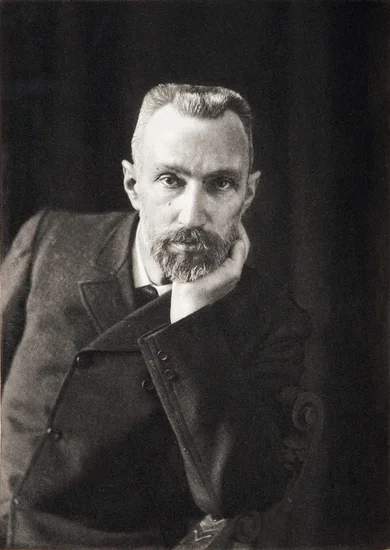
French physicist Pierre Curie died tragically in Paris at age 46, ending a brilliant scientific career dedicated to radioactivity research. His groundbreaking work alongside wife Marie Curie revolutionized understanding of atomic physics.
Curie’s Nobel Prize-winning research laid the foundation for modern nuclear science and medical applications. His untimely death robbed the scientific community of one of its most innovative researchers.
1967 – Konrad Adenauer Dies
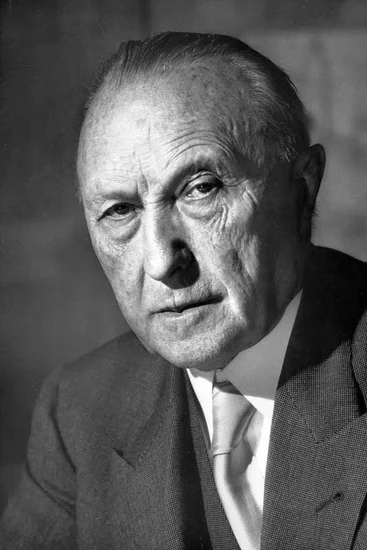
German statesman Konrad Adenauer died in Bad Honnef at age 91, concluding a remarkable political career that transformed post-war Germany. His leadership as West Germany’s first chancellor established the nation’s democratic foundations.
Adenauer’s vision guided Germany’s integration into NATO and the European Economic Community. His statesmanship helped restore Germany’s international standing and credibility after World War II.
1989 – Daphne du Maurier Dies

British novelist Daphne du Maurier died in Par, Cornwall, at age 81, ending a prolific literary career that produced numerous beloved classics. Her gothic romances and psychological thrillers captivated readers worldwide.
Du Maurier’s novels “Rebecca” and “Jamaica Inn” became literary classics adapted for film and television. Her atmospheric storytelling and complex characters established her as a master of suspense fiction.
1998 – Octavio Paz Dies

Mexican poet and Nobel Prize laureate Octavio Paz died in Mexico City at age 84, concluding a distinguished literary career spanning philosophy, poetry, and cultural criticism. His work explored Mexican identity and universal human themes.
Paz’s intellectual contributions bridged cultures and languages, earning international recognition and respect. His Nobel Prize acknowledged his profound impact on world literature and philosophical thought.
2021 – Walter Mondale Dies
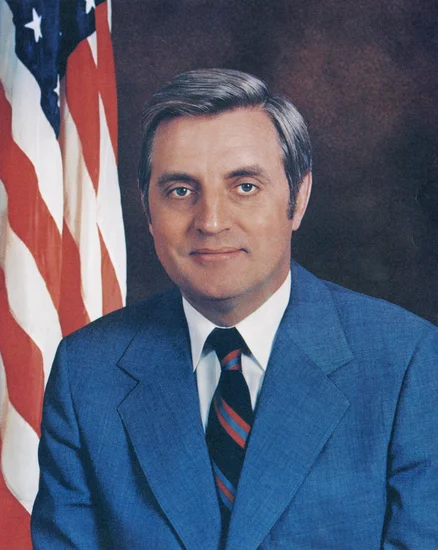
American politician Walter Mondale died in Minneapolis at age 93, ending a distinguished career in public service spanning decades. His tenure as Vice President under Jimmy Carter demonstrated his commitment to progressive policies.
Mondale’s 1984 presidential campaign, though unsuccessful, broke barriers by selecting Geraldine Ferraro as his running mate. His dedication to civil rights and social justice left a lasting impact on American politics.
2021 – Jim Steinman Dies

American composer and lyricist Jim Steinman died in Danbury, Connecticut, at age 73, concluding a theatrical career that produced rock opera masterpieces. His bombastic musical style defined arena rock and power ballads.
Steinman’s collaborations with Meat Loaf created “Bat Out of Hell,” one of the best-selling albums in music history. His dramatic compositions influenced countless musicians and composers worldwide.
2022 – Kane Tanaka Dies
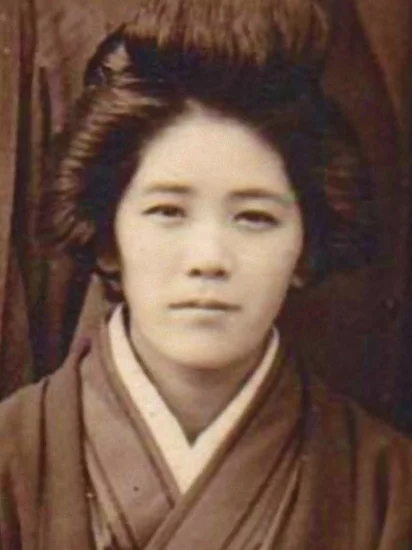
Japanese supercentenarian Kane Tanaka died in Fukuoka at age 119, ending the longest verified human lifespan on record. Her extraordinary longevity fascinated researchers studying aging and human health.
Tanaka’s life spanned three centuries and witnessed dramatic changes in Japanese society and world history. Her remarkable age provided valuable insights into genetics, lifestyle, and the aging process.
2024 – Daniel Dennett Dies

American philosopher Daniel Dennett died at age 82, concluding a groundbreaking career in philosophy of mind and cognitive science. His work on consciousness and free will challenged traditional philosophical assumptions.
Dennett’s writings made complex philosophical concepts accessible to general audiences through clear, engaging prose. His contributions to understanding consciousness and human cognition influenced multiple academic disciplines.
Holidays and Observances on April 19
Eastern Orthodox Liturgical Calendar
The Eastern Orthodox Church observes April 19 according to its liturgical calendar, commemorating various saints and religious events. The date holds special significance within Orthodox Christian tradition and worship practices.
Orthodox communities worldwide recognize this date through special prayers, readings, and religious ceremonies. The observance connects contemporary believers with centuries of Christian tradition and spiritual heritage.
Bicycle Day Celebration

Bicycle Day commemorates Albert Hofmann’s famous LSD experiment and his subsequent bicycle ride home in 1943. The psychedelic holiday celebrates scientific discovery and consciousness exploration through chemical compounds.
The observance has gained recognition within scientific and counterculture communities interested in psychedelic research. Bicycle Day represents both scientific curiosity and the ongoing study of human consciousness.
Saint Commemorations
April 19 marks the feast day of Ælfheah of Canterbury in both Anglican and Catholic traditions. The martyred archbishop’s sacrifice represents courage in the face of persecution and unwavering faith.
His commemoration reminds believers of the price of religious conviction and leadership during turbulent historical periods. Ælfheah’s legacy continues to inspire Christians facing adversity and persecution worldwide.
